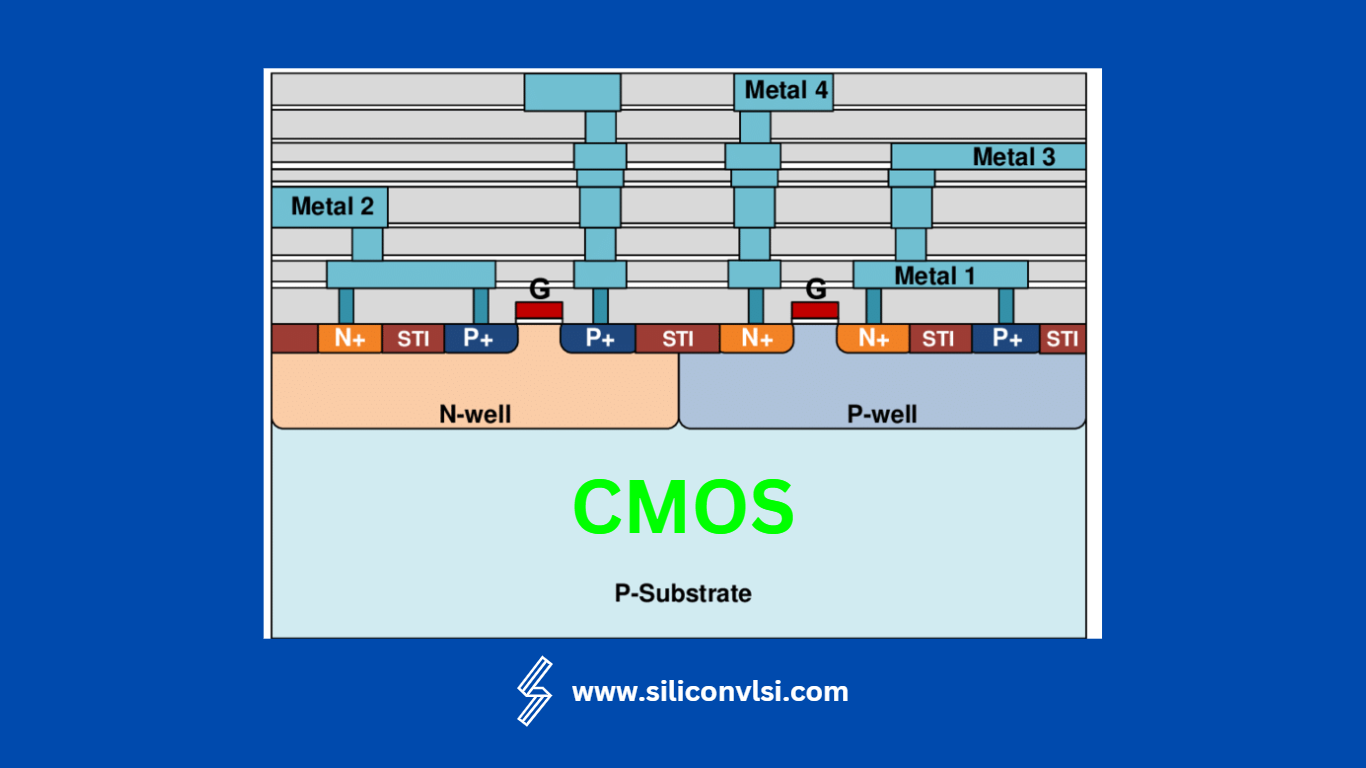CMOS: The Revolutionary Technology Powering Modern Electronics
The world of modern electronics is rapidly evolving, with new innovations shaping our lives every day. Among the many technologies that drive these advancements, CMOS (Complementary Metal-Oxide-Semiconductor) holds a special place. In this article, we will explore what CMOS is, its history, how it works, its advantages, applications, future trends, challenges, and limitations. So, let’s dive in and unravel the wonders of CMOS technology.
Introduction
In today’s digital age, CMOS has become an integral part of our lives. From smartphones to laptops, from digital cameras to medical devices, CMOS technology plays a important role in powering these devices. But what exactly is CMOS, and how did it become so prevalent? Let’s find out.
1. What is CMOS?
CMOS stands for Complementary Metal-Oxide-Semiconductor. It is a semiconductor technology widely used in the fabrication of integrated circuits (ICs) and microchips. CMOS chips consist of a combination of n-type and p-type metal-oxide-semiconductor field-effect transistors (MOSFETs) that work together to form logic gates and memory cells.
2. History of CMOS
The roots of CMOS technology can be traced back to the late 1960s when it was first proposed as an alternative to NMOS (N-channel Metal-Oxide-Semiconductor) technology. However, it wasn’t until the 1980s that CMOS gained significant traction due to its low power consumption and high noise immunity.
3. How does CMOS work?
At the heart of CMOS technology lies the complementary nature of its transistors. CMOS circuits use pairs of n-type and p-type MOSFETs to implement logic functions. When one transistor is on, the other is off, and vice versa. This complementary behavior enables CMOS to consume minimal power when idle, making it highly energy-efficient.
4. Advantages of CMOS
CMOS technology offers several advantages that have contributed to its widespread adoption. Firstly, it consumes significantly less power compared to other technologies, making it ideal for portable devices. Secondly, CMOS circuits can operate at high speeds, enabling faster data processing. Additionally, CMOS chips can be manufactured using standard semiconductor processes, leading to cost-effective production.
5. Applications of CMOS
The versatility of CMOS technology has led to its incorporation in various applications. It forms the backbone of digital cameras, enabling high-resolution image capture and processing. CMOS sensors are also used in medical imaging devices, providing detailed scans with reduced radiation exposure. Furthermore, CMOS is essential in telecommunications, automotive electronics, and even space exploration.
CMOS inverters serve as the building blocks for constructing complex digital integrated circuits. They form the backbone of processors, memory units, and other vital components in computers, smartphones, and virtually all modern digital devices. The ability of CMOS inverters to handle high frequencies, consume low power, and exhibit excellent noise immunity makes them ideal for these applications.
In digital systems, clock signals synchronize the operation of various components. CMOS inverters are extensively employed in clock distribution networks to propagate clock signals accurately and uniformly across the circuitry. The balanced characteristics of CMOS inverters ensure minimal skew and delay, guaranteeing reliable clock distribution.
Efficient power management is important for optimizing battery life in portable devices. CMOS inverters find utility in power management circuits, where they contribute to voltage regulation, power sequencing, and power switching functionalities. By intelligently controlling the power flow, CMOS inverters help enhance energy efficiency and prolong battery life.
Sensors are integral to many applications, ranging from environmental monitoring to healthcare devices. CMOS inverters are employed in sensor interfaces to condition and amplify signals from various sensors. Their low power consumption and ability to operate in wide voltage ranges make them an excellent choice for sensor interface circuits. Data converters, such as analog-to-digital.
6. Future Trends in CMOS Technology
As technology continues to advance, CMOS is expected to evolve further. One notable trend is the scaling down of CMOS devices, allowing for increased transistor density and improved performance. Additionally, researchers are exploring novel materials and device architectures to overcome the limitations of traditional CMOS, paving the way for next-generation technologies.
7. Challenges and Limitations of CMOS
While CMOS has many strengths, it also faces challenges and limitations. One of the main challenges is power dissipation, especially as transistor sizes shrink. Heat management becomes important to maintain performance and prevent device failure. Another limitation is the increasing complexity of manufacturing processes as transistor dimensions decrease, leading to yield and reliability concerns.
8. Conclusion
In conclusion, CMOS technology has revolutionized the world of modern electronics. Its low power consumption, high-speed operation, and versatility have made it indispensable in various applications. As researchers continue to push the boundaries of CMOS, we can expect even more exciting advancements in the future.
FAQs
How is CMOS different from other technologies?CMOS differs from other technologies due to its complementary nature of transistors, resulting in low power consumption and high noise immunity.
Can you explain the concept of CMOS scaling?CMOS scaling refers to the continuous reduction of transistor sizes, leading to increased transistor density and improved performance.
What are some popular CMOS devices? Some popular CMOS devices include digital cameras, smartphones, laptops, and medical imaging devices.
How does CMOS contribute to energy efficiency?CMOS consumes minimal power when idle, making it highly energy-efficient compared to other technologies.
Is CMOS the only technology used in modern electronics?While CMOS is widely used, other technologies such as bipolar junction transistors (BJTs) and field-effect transistors (FETs) also find applications in modern electronics.
